Thap Thap Di Da Pagoda - a more than 350-year-old spiritual sanctuary in Gia Lai - stands as both an ancient Buddhist hub and a living museum of the cultural and architectural heritage of the old Do Ban land.
Located in An Nhon Bac ward, formerly part of Binh Dinh province (now Gia Lai), the pagoda is among the most iconic and ancient Zen temples of the Lam Te School in Central Vietnam. It was founded in 1668 by Zen master Nguyen Thieu, who introduced the Lam Te lineage to southern Vietnam.
Its name, “Thap Thap” (Ten Towers), comes from the bricks and stones used in its construction, which were repurposed from ten collapsed Cham towers nearby. In 1691, Lord Nguyen Phuc Chu granted it the honorary title “Thap Thap Di Da Tu.”
Over 15 generations of abbots, including prominent monks such as Lieu Triet, Minh Ly, and Phuoc Hue (a royal spiritual advisor during the Nguyen Dynasty), the temple has remained a vibrant center of Buddhist learning and spiritual guidance.
For more than three centuries, Thap Thap Pagoda has been both a religious landmark and a guardian of traditional sculpture, architecture, and cultural expression. In 1990, it was recognized as a national architectural heritage site.
A glimpse into Gia Lai’s most revered ancient pagoda
Perched atop Long Bich Hill, the temple follows a traditional inner temple layout, shaded by towering old trees that convey a sense of harmony and solemnity. A vast lotus pond of nearly 500 square meters lies in front, reflecting the moss-covered, weathered three-gate entrance.
A sacred Bodhi tree shades the path to the pagoda, evoking peace and contemplation. The temple's buildings are arranged in a “mouth” (khẩu) formation, featuring yellow walls, antique tiles, and ironwood columns emblematic of post-Le and Nguyen dynasty Buddhist architecture.
The central pathway is paved with Cham bricks, its roofing of yin-yang tiles, framed by two layers of surrounding walls. The core complex includes the main hall, abbot’s quarters, western and eastern wings, all connected by spacious corridors forming a grand, enclosed structure.
Renovated in 1749, the main hall features a yin-yang tile roof adorned with dragon motifs and an interior filled with ornate wooden carvings. The sanctum houses intricately gilded altars for the Three Buddhas, Dharma Guardians, and Bodhisattvas, preserved alongside ancient couplets and banners.
The temple boasts masterfully sculpted Arhats, Ten Kings of the Underworld, Dharma Guardians, bronze bells, and wooden fish drums, all rich in Central Vietnamese Buddhist artistry.
One notable relic is a 500kg bronze bell cast in 1893, placed in the main hall. Thap Thap is also an active place of worship and monastic training for dozens of monks and nuns, with traditional-style living quarters preserved amidst careful restorations.
Behind the temple lie 24 ancient stupas, showcasing varied architectural styles across eras. These are the resting places of former abbots and revered monastics. Each stupa gate features vivid, imposing guardian beast statues.
More than just a spiritual sanctuary, Thap Thap Di Da Pagoda embodies the cultural, architectural, and historical soul of the Nẫu region, enduring as a beacon of spiritual and artistic legacy for over 300 years.
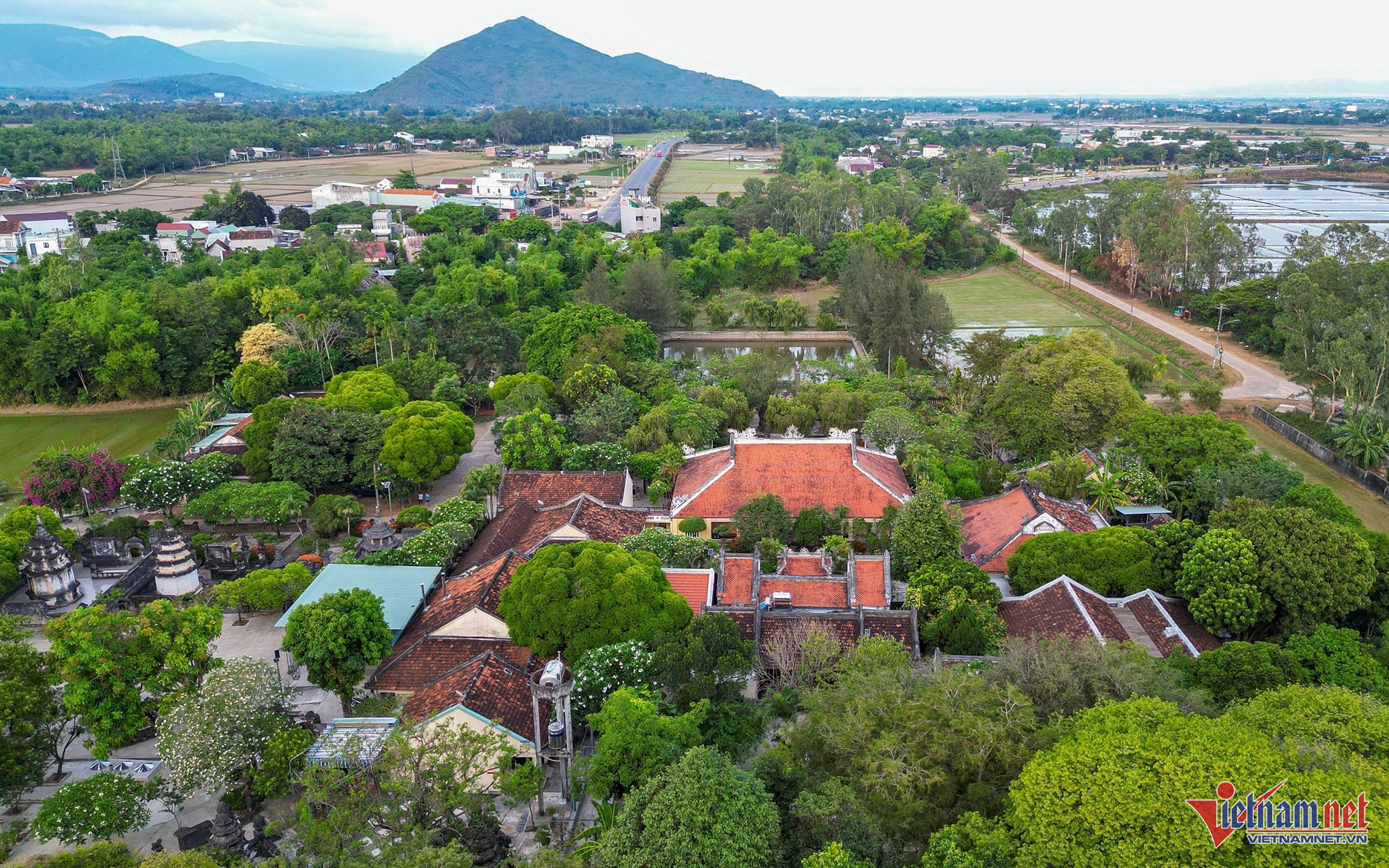
Thap Thap Pagoda is nestled on Long Bich Hill, its architecture shaded by ancient trees.
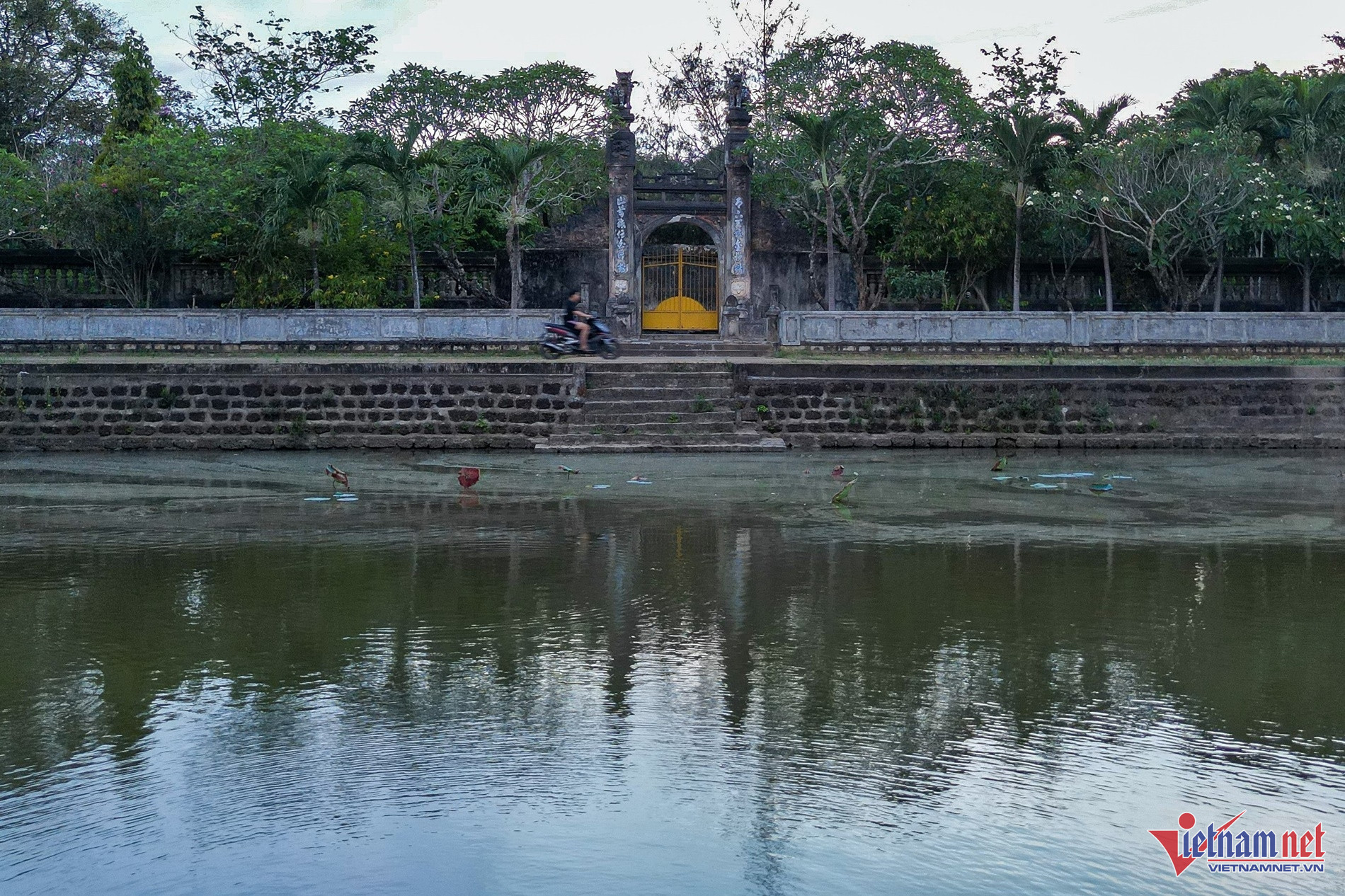
A 500m² lotus pond mirrors the mossy, weather-worn triple gate at the entrance.
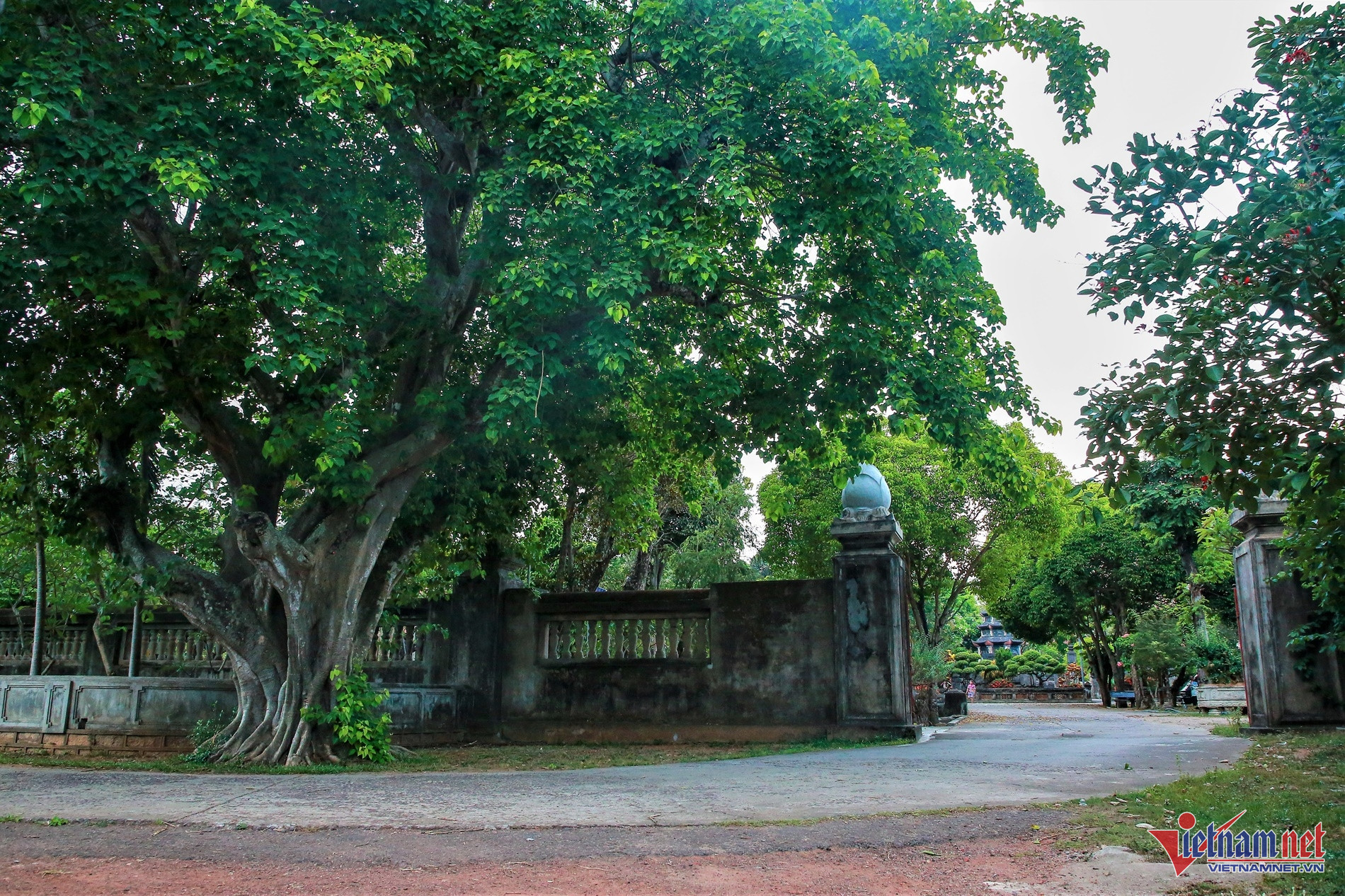
A centuries-old Bodhi tree shades the main walkway, enhancing the temple’s tranquility.
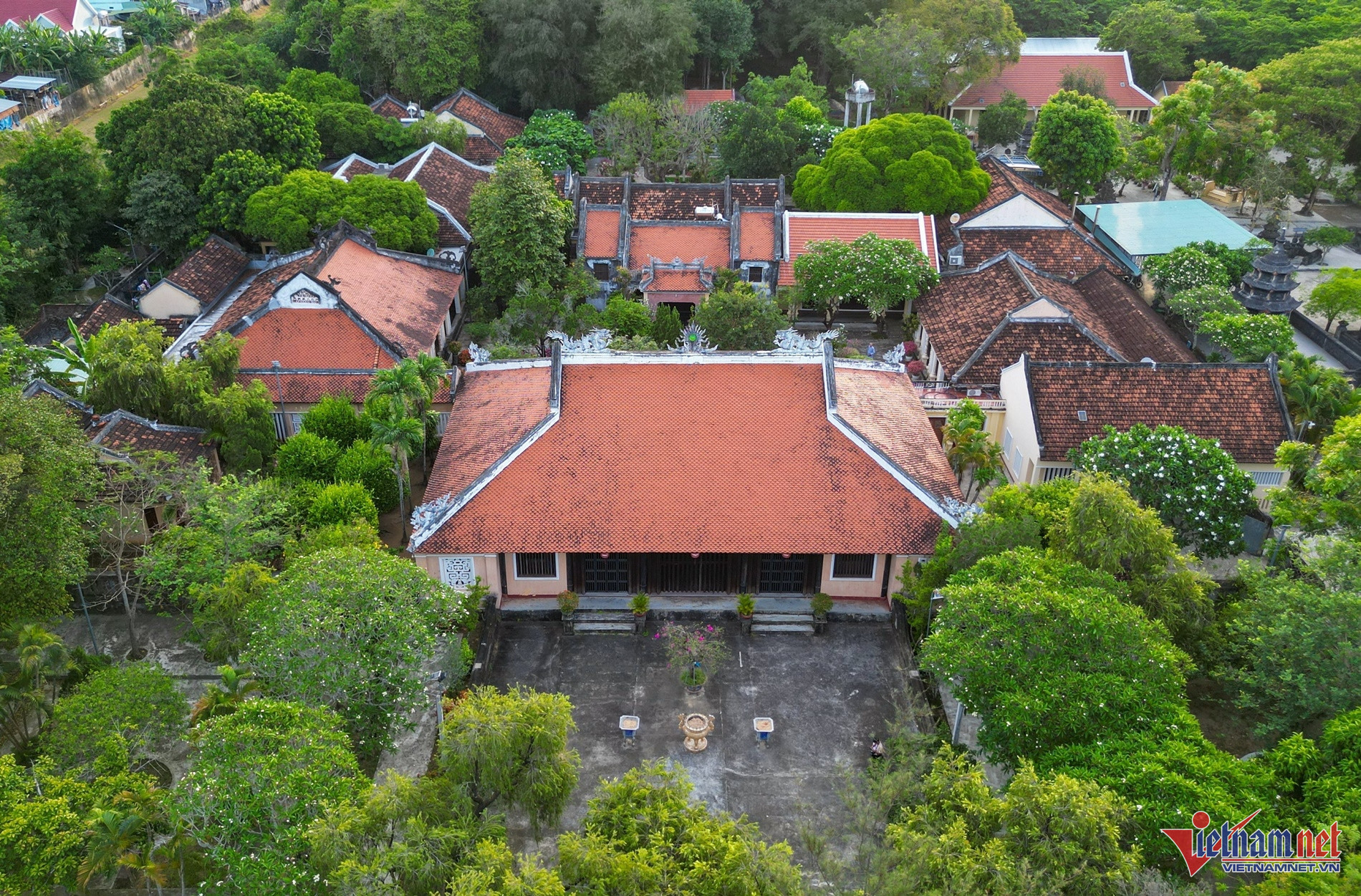
The buildings are arranged in the “mouth” formation, with ironwood pillars and antique tiles.
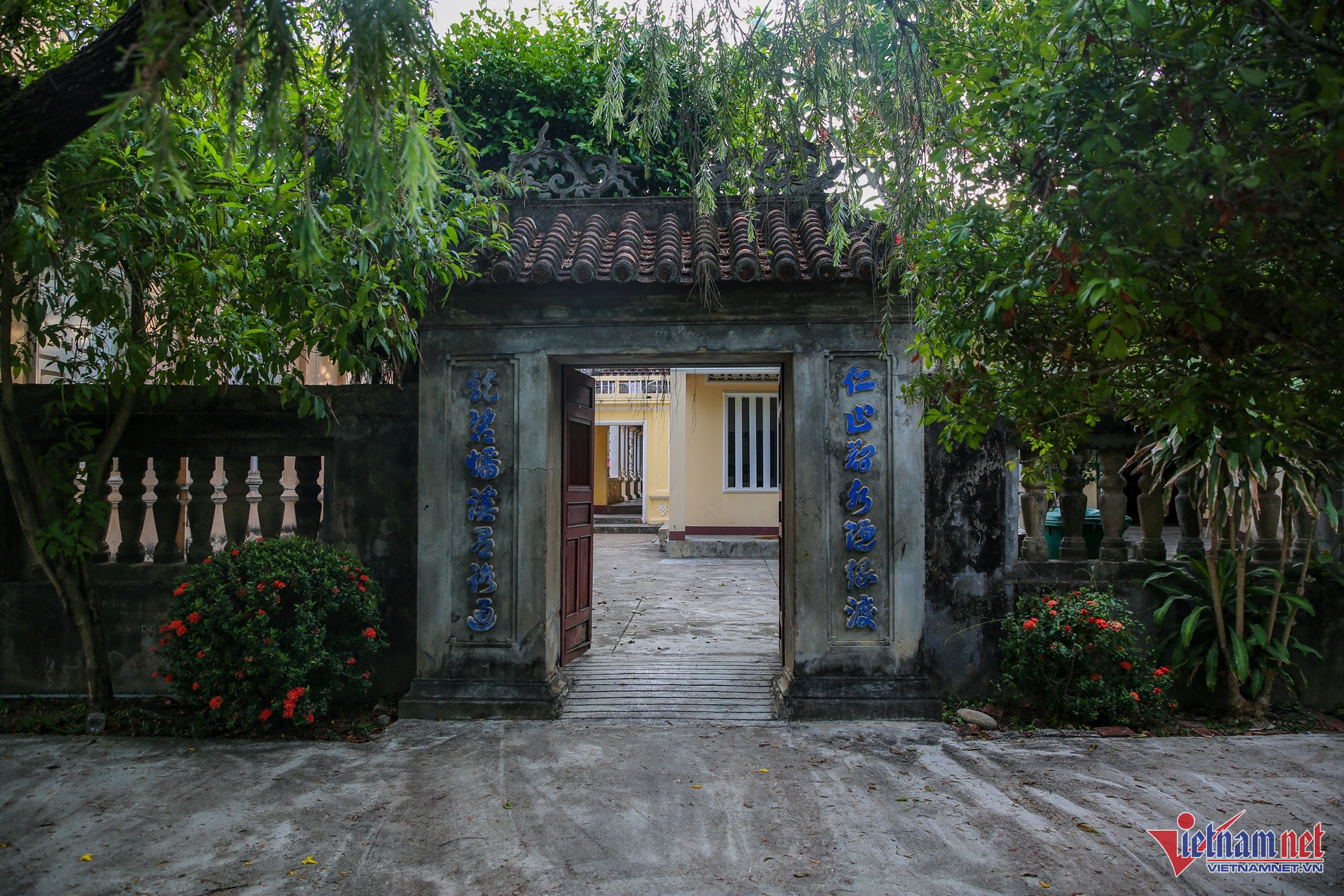
Cham bricks and yin-yang tiles frame the main entrance, surrounded by dual-layered walls.

The core areas form a stately enclosed complex of halls, wings, and corridors.
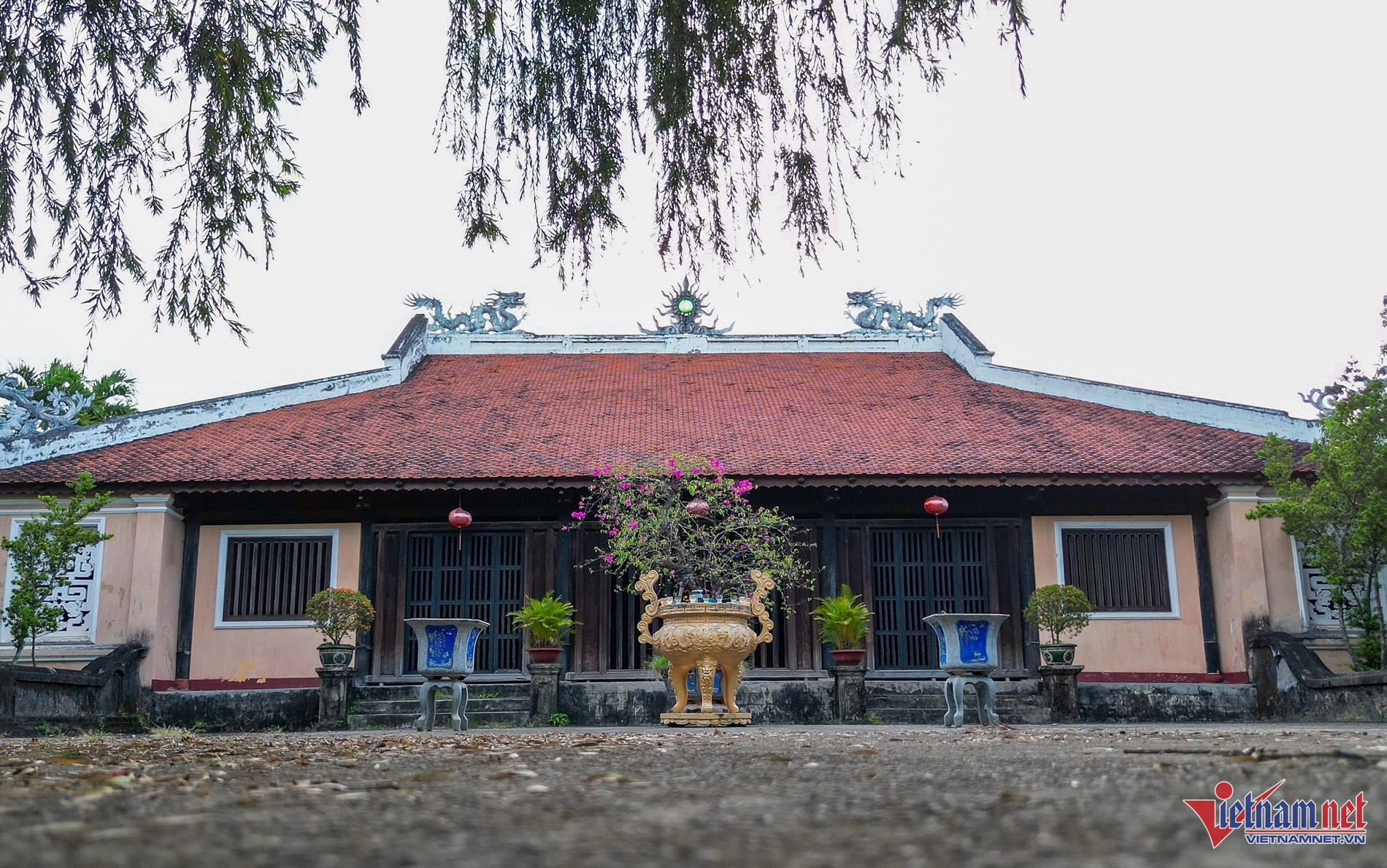
The main hall, restored in 1749, features dragons and solemn altar arrangements.
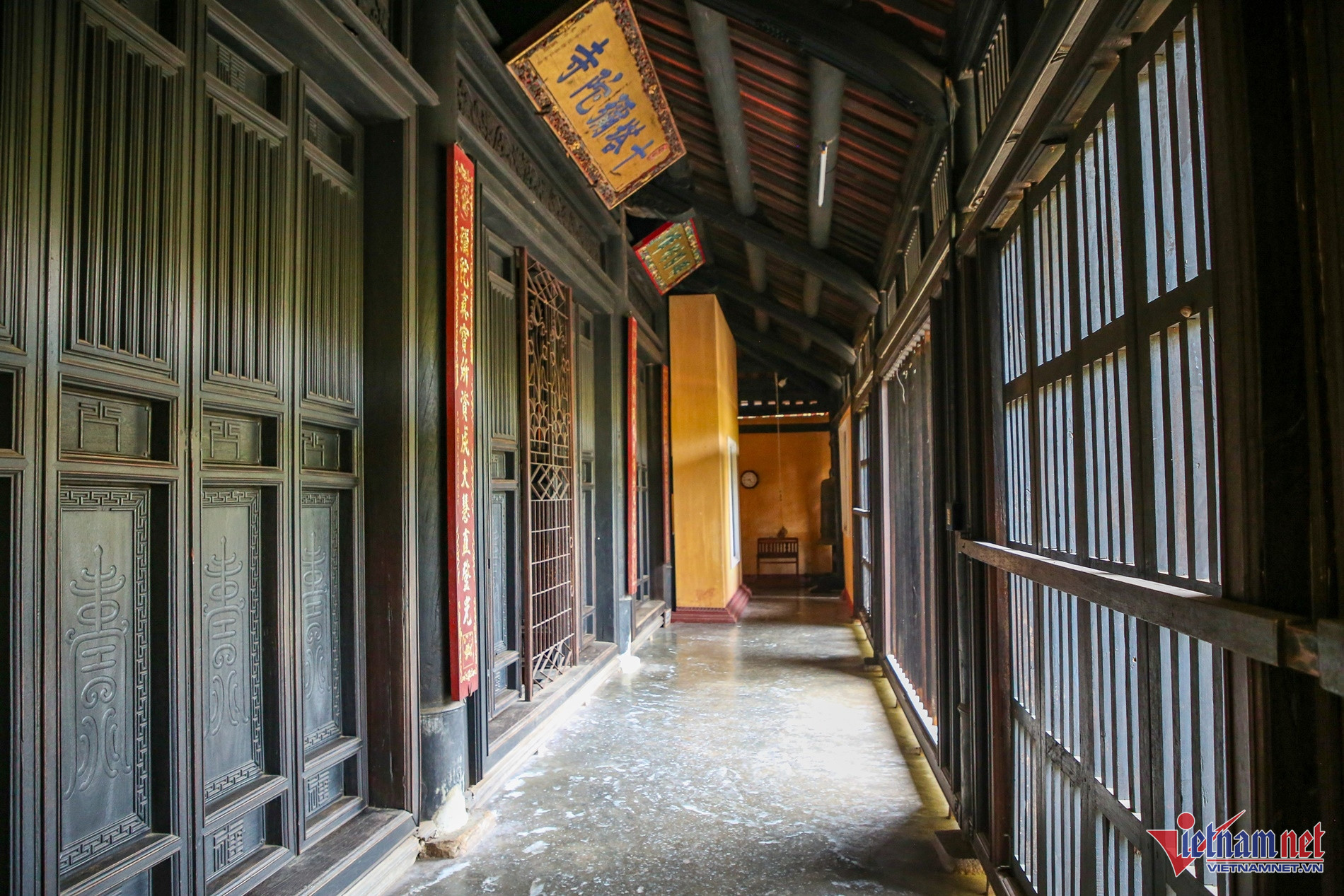
Intricate carvings in precious wood grace the sanctuary’s interior.
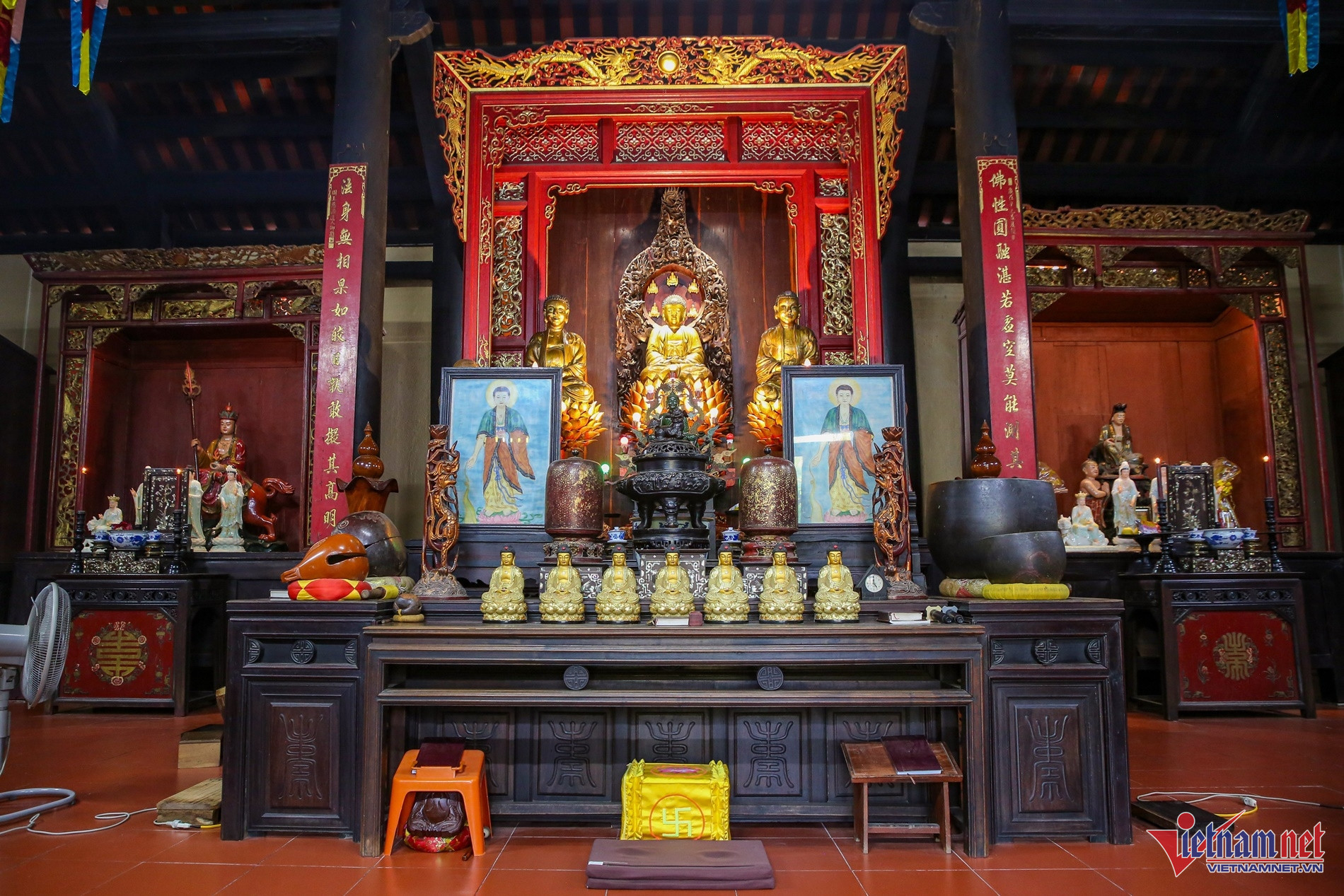
Altars house statues of the Three Buddhas, Bodhisattvas, and Dharma Guardians.
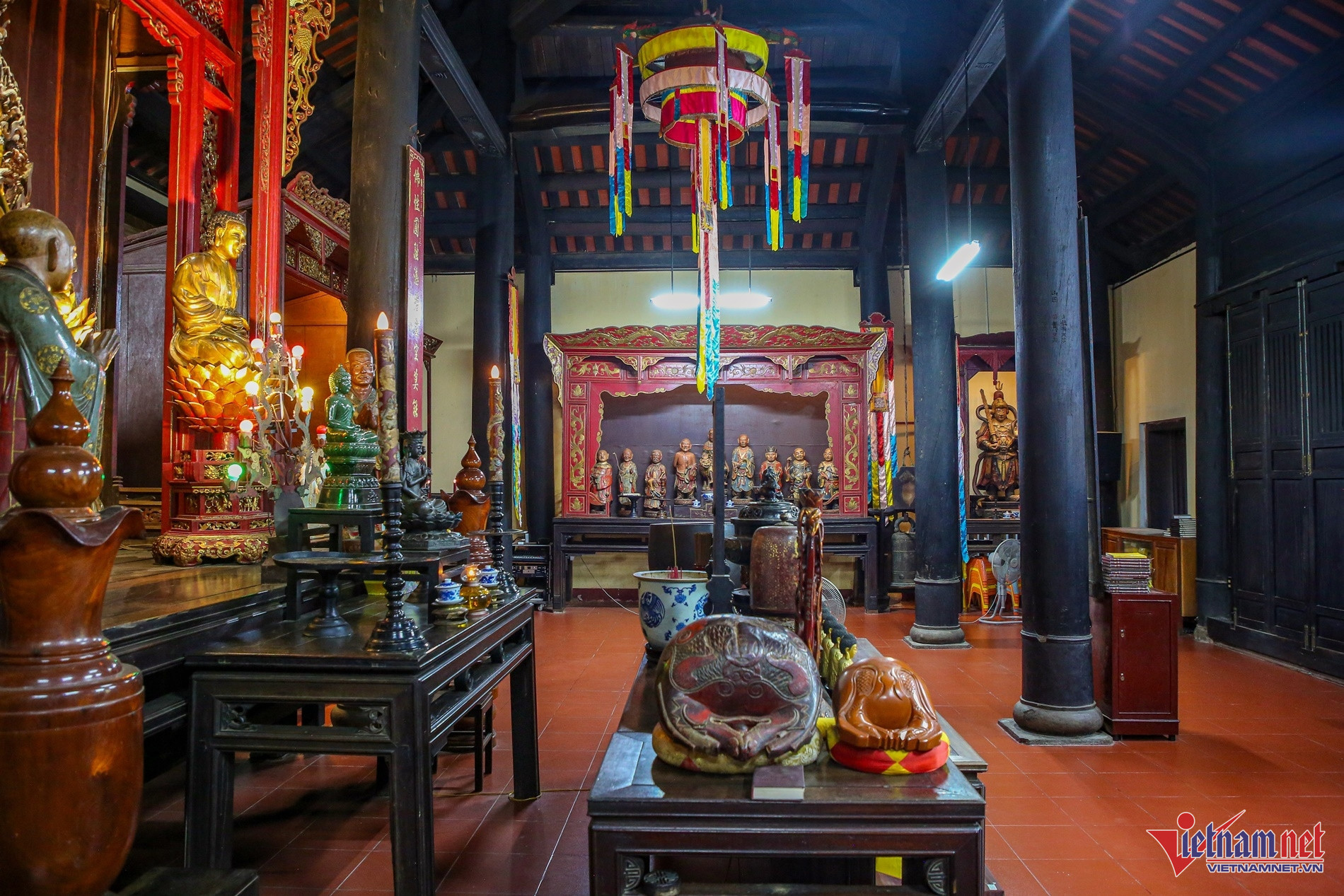
Sculpted Arhats, kings, and relics reflect Central Vietnam’s Buddhist art.
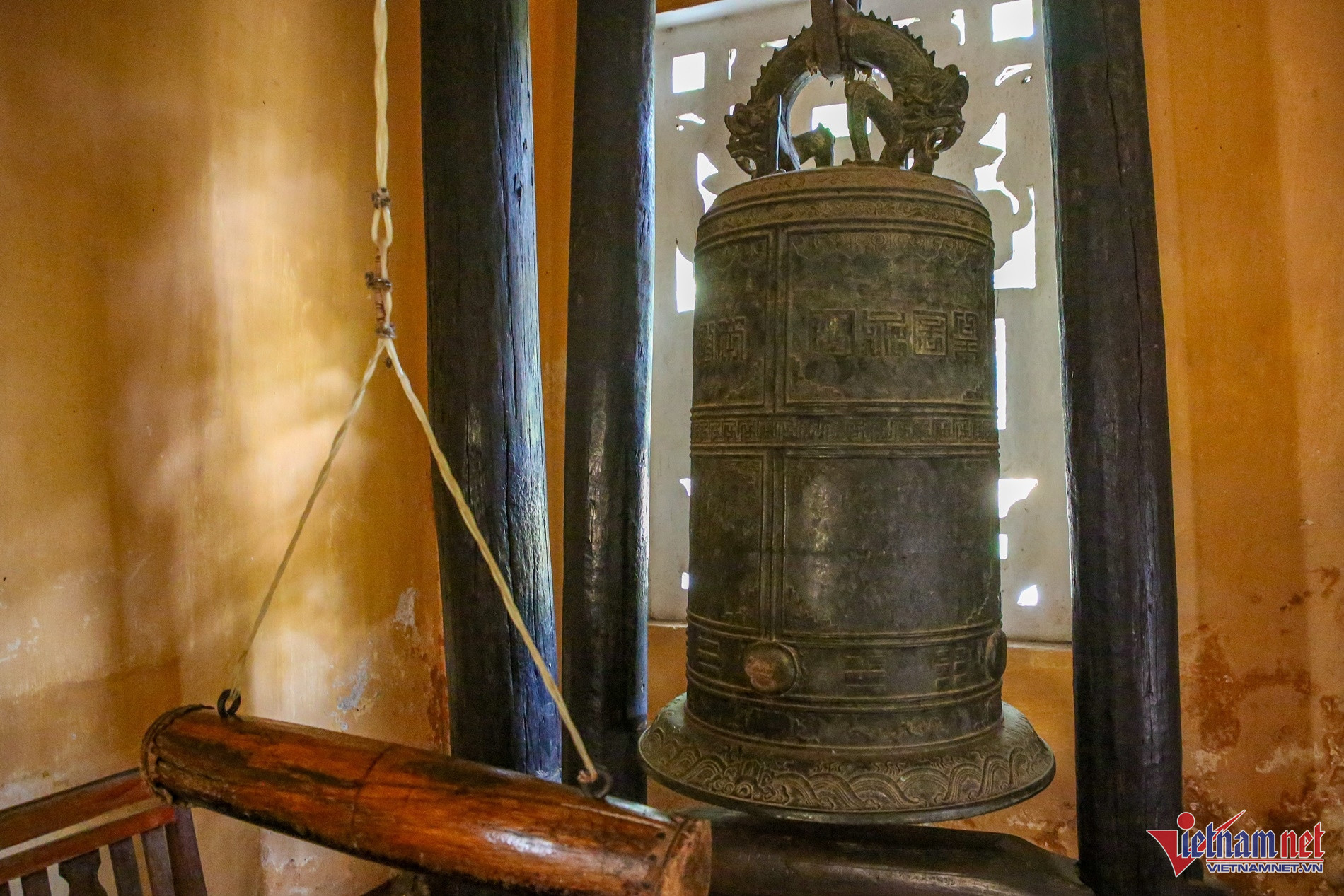
The 500kg bronze bell, cast in 1893, stands in the temple’s main hall.
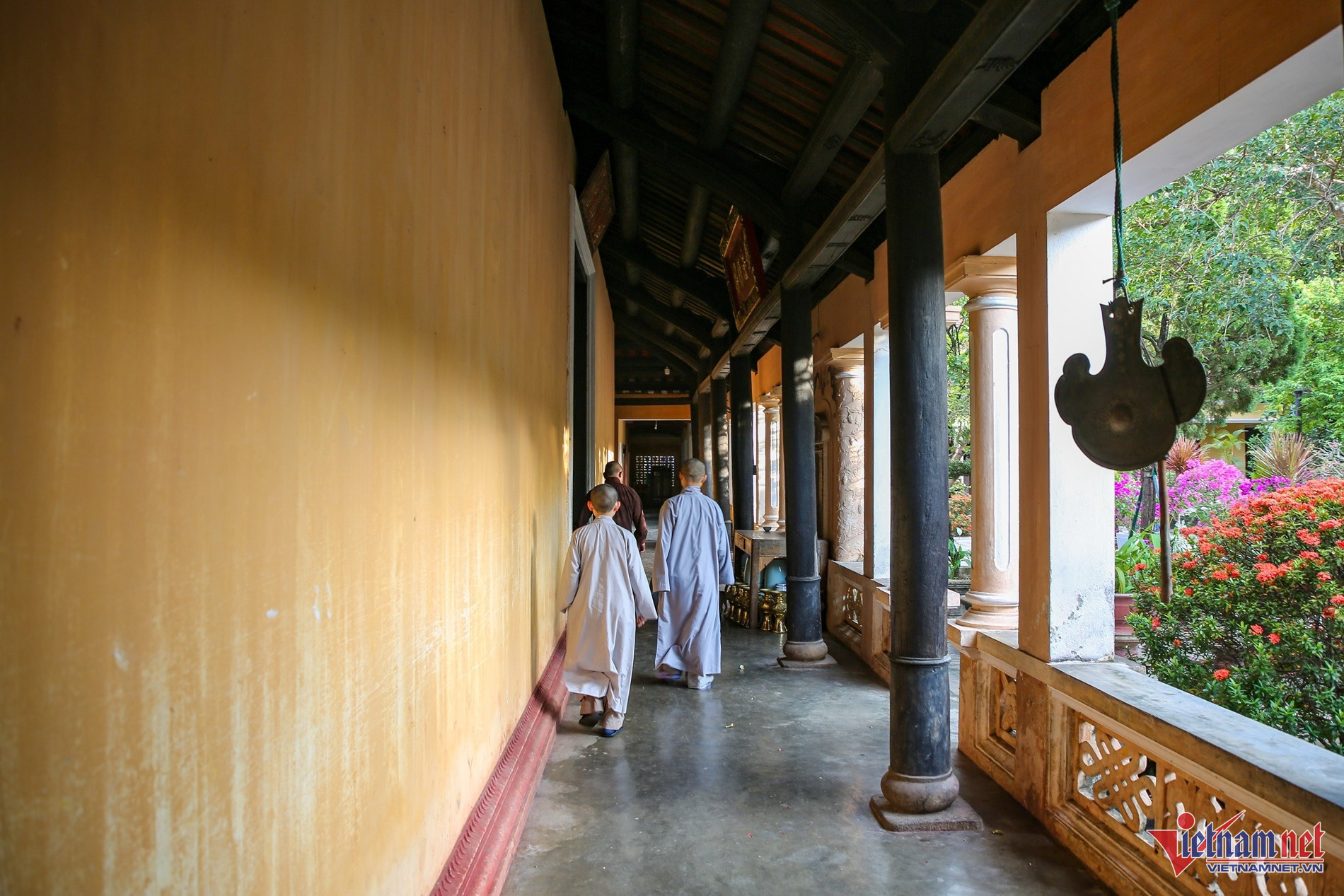
Monastic quarters preserve traditional architecture amid subtle modern updates.
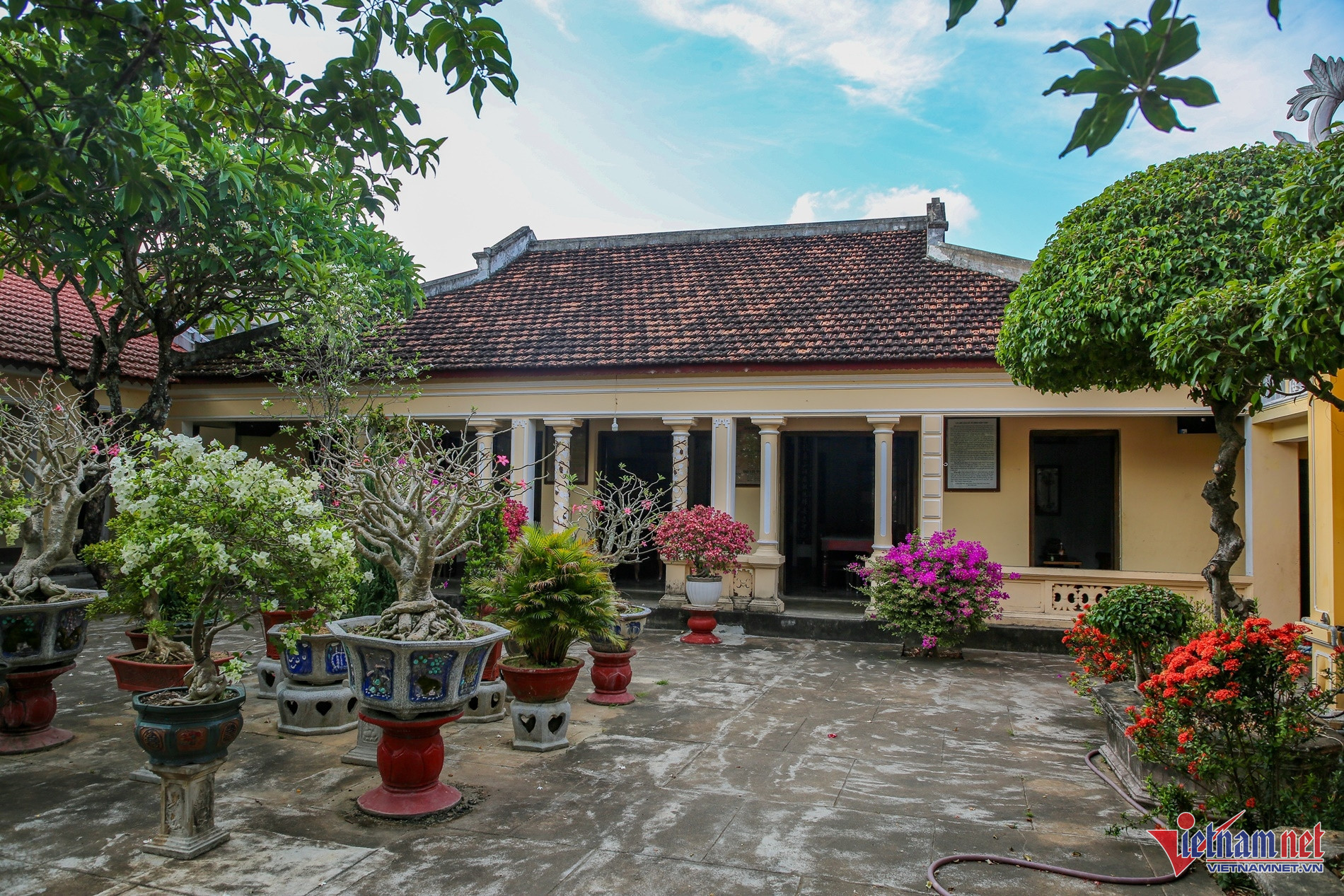
Courtyards paved with square tiles and dotted with bonsai and sacred trees enhance the temple’s serene charm.
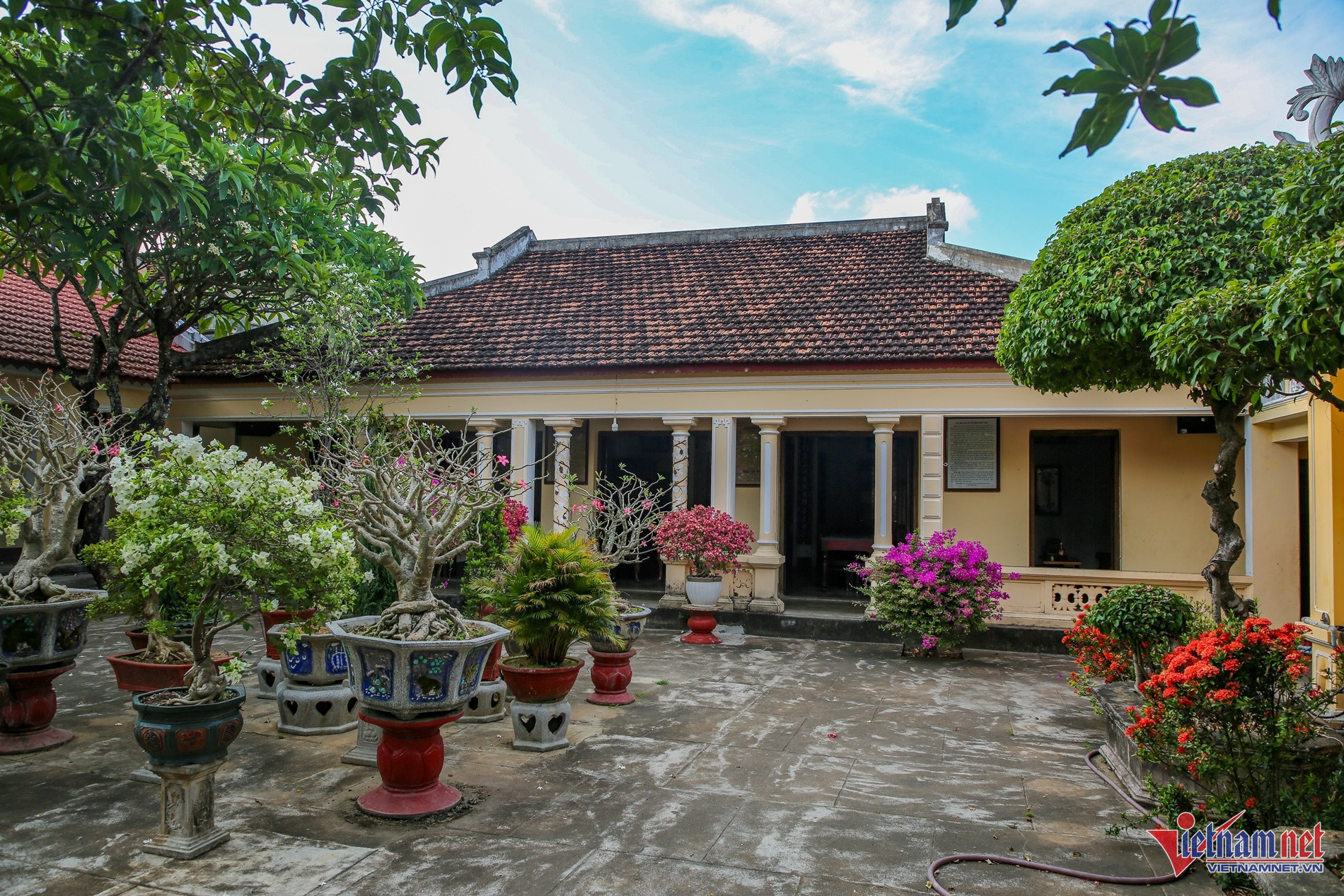
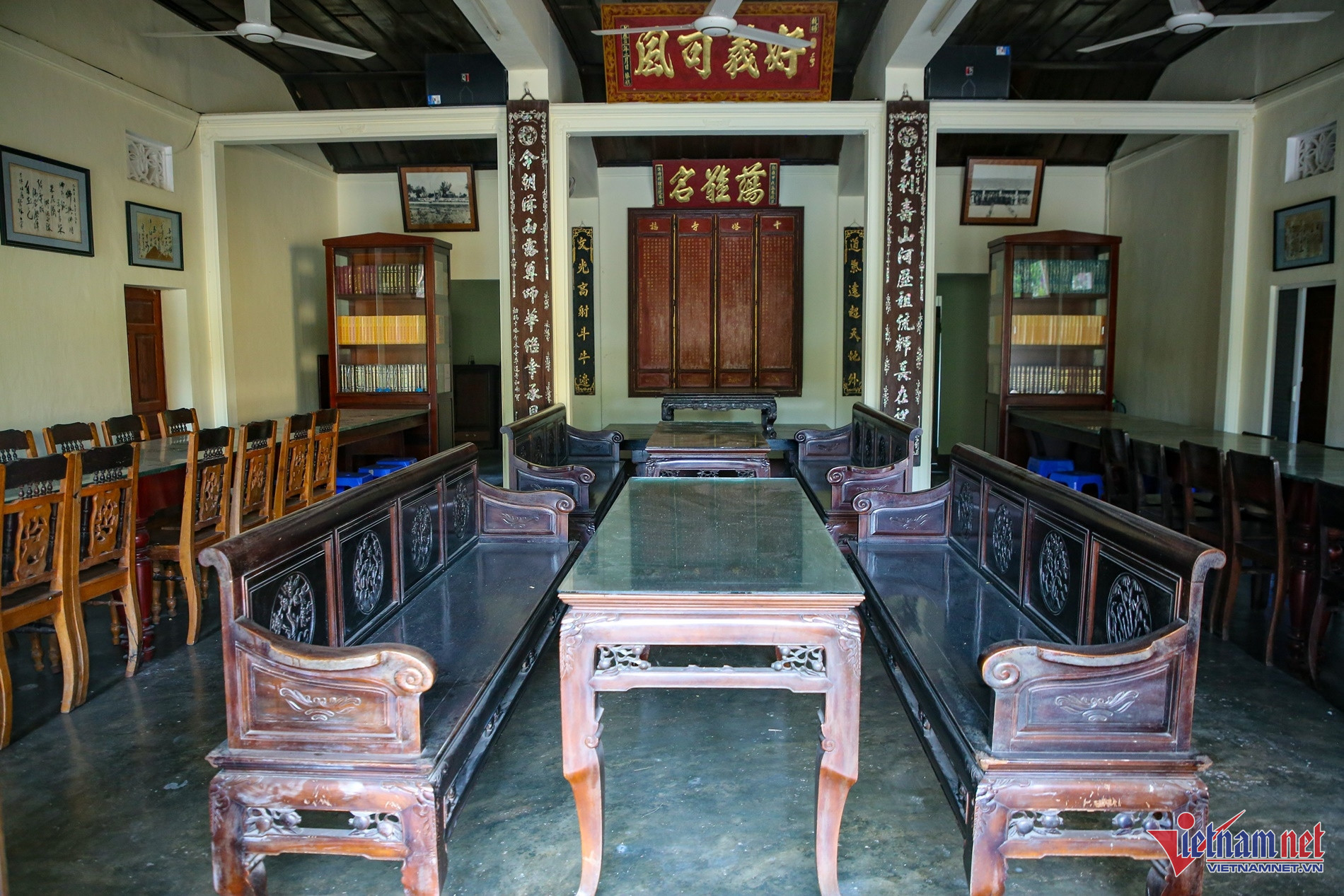
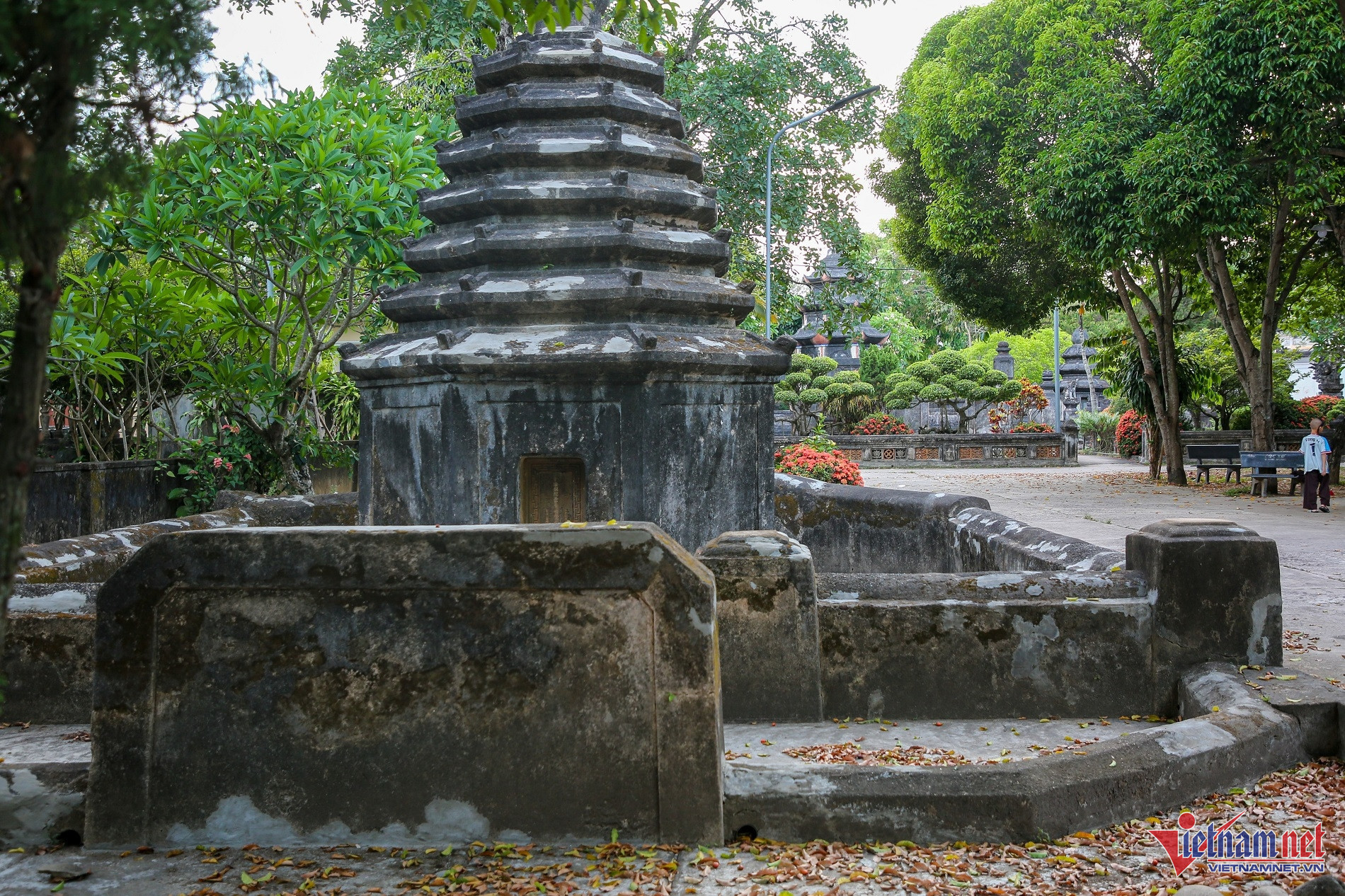
A complex of 24 stupas behind the temple houses the remains of former abbots.
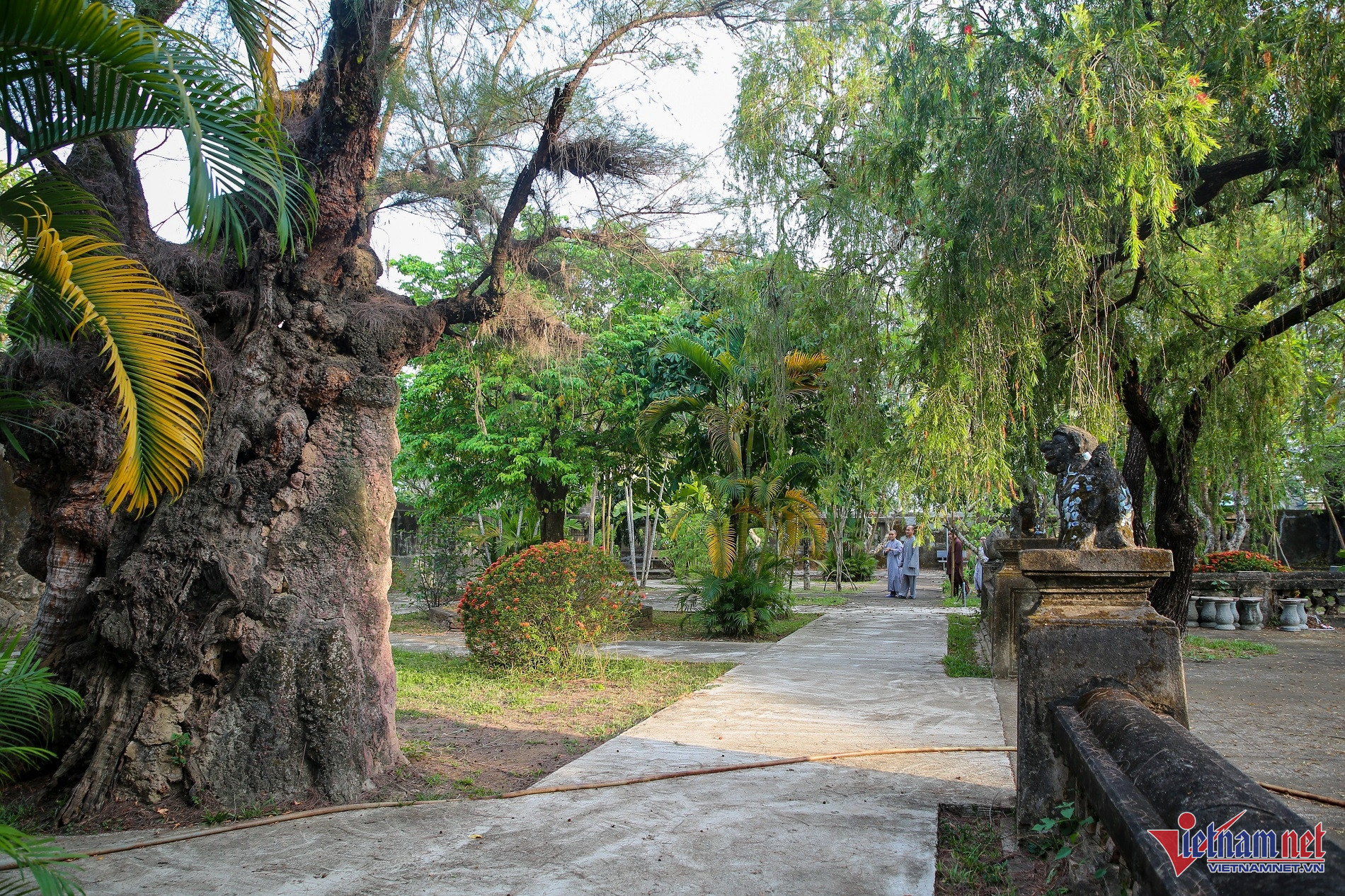
Guardian beasts at each stupa entrance symbolize strength and reverence.
Thap Thap is both a Buddhist hub and a cultural time capsule of Central Vietnam.
Ha Nam